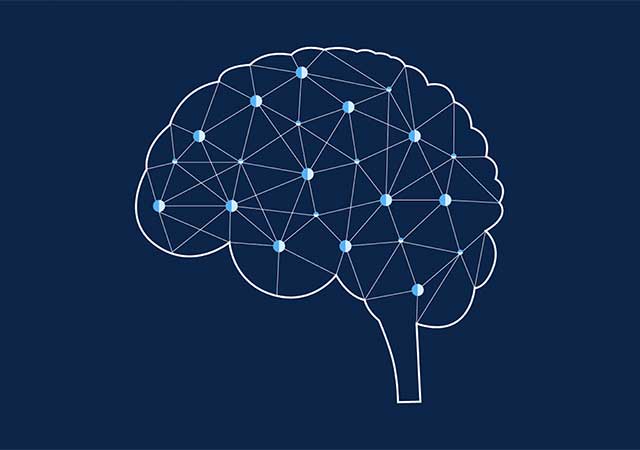Brain cooling after traumatic head injury does not improve outcomes
Controversy has existed for many years about the perceived benefits of brain cooling following traumatic brain injury (TBI). New research presented at the ESICM LIVES conference (the annual meeting of the European Society of Intensive Care Medicine) shows that patients who undergo brain cooling have the same ability to live independently as patients managed with their brain at the normal temperature. The study is led by Professor Jamie Cooper, Monash University, Melbourne, and Director of the Australian and New Zealand Intensive Care (ANZIC) Research Centre, Melbourne, VIC, Australia,
 Only one half of patients after severe traumatic brain injury (TBI) are able to live independently, thus any intervention that can preserve function in these patients could have a huge impact. Cooling the body and brain (hypothermia) has been variably used in patients after TBI, for decades, to decrease inflammation and brain swelling and hopefully to improve outcomes. Many laboratory studies support brain cooling after head injury, and the majority of clinical studies and the clinical TBI guidelines all report benefit for patients.
Only one half of patients after severe traumatic brain injury (TBI) are able to live independently, thus any intervention that can preserve function in these patients could have a huge impact. Cooling the body and brain (hypothermia) has been variably used in patients after TBI, for decades, to decrease inflammation and brain swelling and hopefully to improve outcomes. Many laboratory studies support brain cooling after head injury, and the majority of clinical studies and the clinical TBI guidelines all report benefit for patients.
However, many doctors remain uncertain about cooling because almost all clinical studies to date were not high quality, the better studies had limitations, and hypothermia required special expensive equipment and had known complications
This new research (the POLAR Trial) is a randomised clinical trial of 511 adults (410 males; aged 18-60 years) with TBI from six countries (Australia, New Zealand, France, Switzerland, Qatar and Saudi Arabia). It aimed to resolve the decades old clinical uncertainty about prophylactic hypothermia, by starting cooling as early as possible after injury in ambulances, adjusting it for individual patients, continuing for 3-7 days, and avoiding complications especially during rewarming. POLAR is the largest randomised trial conducted to date on this topic.
POLAR found that the percentage of patients who were able to live independently 6 months after brain trauma using hypothermia was the same at 49% as in similar control group patients who had their temperature controlled to normal instead. Mortality at 6 months was 21.4% in the hypothermia patients, and 18.4% in those with a normal temperature target. Adjusting the data for the severity of the TBI, and analysis of specific patient subgroups made no difference to the results.
“Hypothermia management had no effect on patient’s outcomes, but it did increase complications – including decreased heart rate, decreased blood pressure, and increased pneumonia,” explains Professor Cooper.
He adds: “The POLAR trial has finally resolved a generation-old controversy and teaches clinicians that the best temperature target after brain trauma is the normal one, not the cool one.”
Professor Cooper is also calling for a change to guidelines on this subject. He says: “The next edition of the Brain Trauma Foundation guidelines should change. The high quality research is now clear that hypothermia is not beneficial so international guidelines should recommend against using it.”

